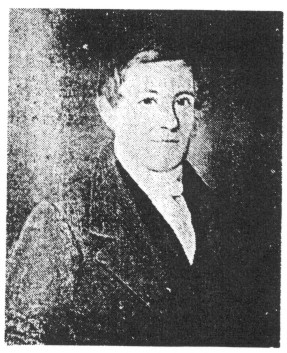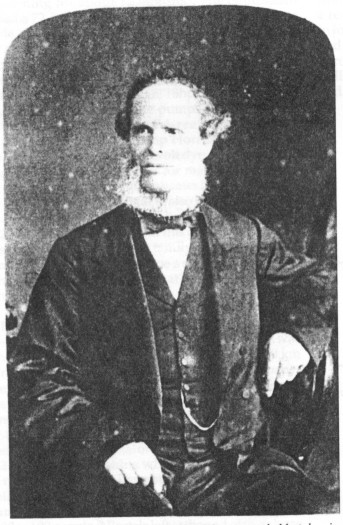
| Figure 3. (a) Watermark, in a document dated 1787, believed to have been used by Abraham Harding, papermaker of Barford Mill. (b) Watermark used by William Warren of Bramshott Mill in 1827. The paper is laid with chain and laid line spacings of 25.5mm and 0.98mm respectively. (c) Watermark used by Warren Bros, traced from a sheet of ledger paper measuring 21in x 16.5in, where it appears four times, made at Bramshott Mill or Standford Mill, probably in the 1860s. Liphook, as indicated in figure 1 is about 4km from the two mills. (Courtesy Bramshott & Liphook Preservation Society) |  |
| Figure 8. Portrait of William Warren, probably dating from the 1820s. (Courtesy of Mrs Marion Warren of Headley). |  |
| Figure 9. Letter dated 1861 from Warren Bros of Bramshott, Standford and Barford Mills. (Courtesy of Mrs Marion Warren of Headley). |  |
| Figure 10. Photograph of George Roe Warren, probably taken in the late 1860s. (Courtesy of Mrs Marion Warren of Headley). |  |
| Figure 11. Billhead engravings of Bramshott and Standford Mills printed and used by Warren Bros in the 1870s and 1880s. |  |
| Figure 13. Photograph of the rear of Bramshott Mill taken from the west, probably in the 1880s. Compared with the engraving on the billhead of figure 11, a second storey has been added to the double-stack building at the centre and the chimney may have been relocated, but this could well be artist's licence. Otherwise the engraving appears to be remarkably accurate. (Courtesy Bramshott & Liphook Preservation Society). |  |